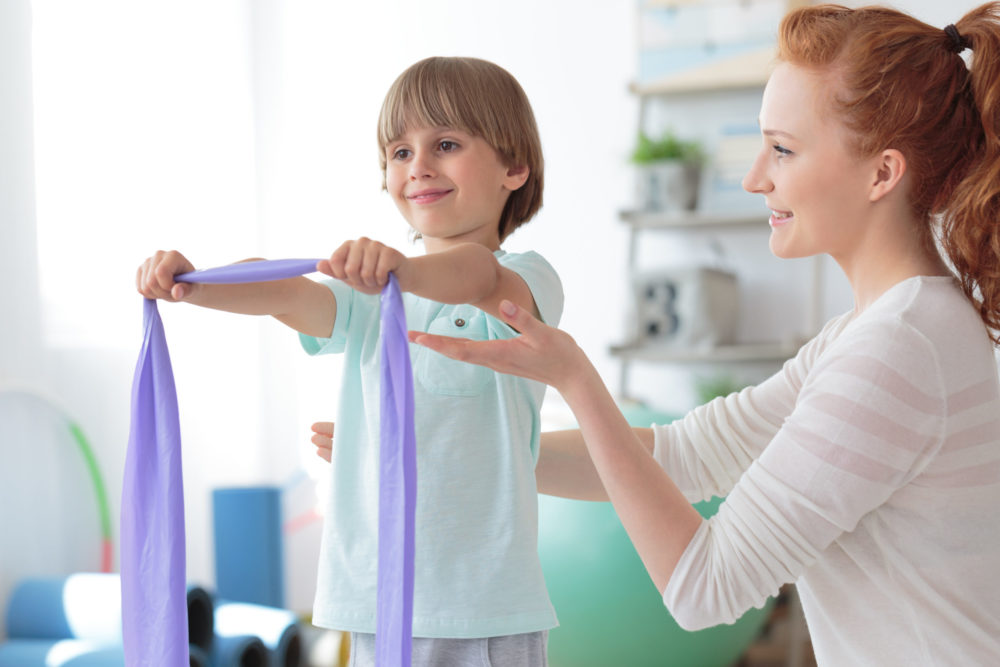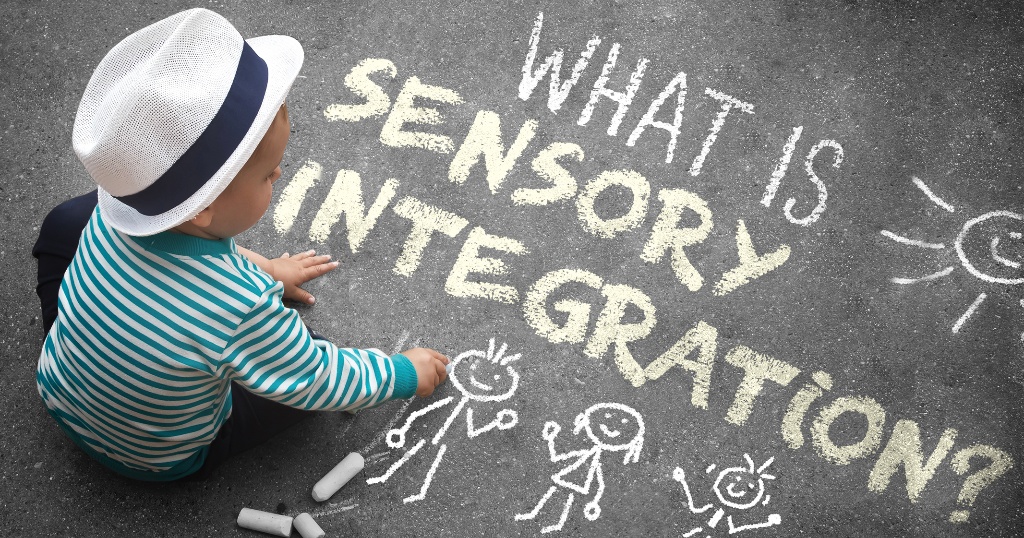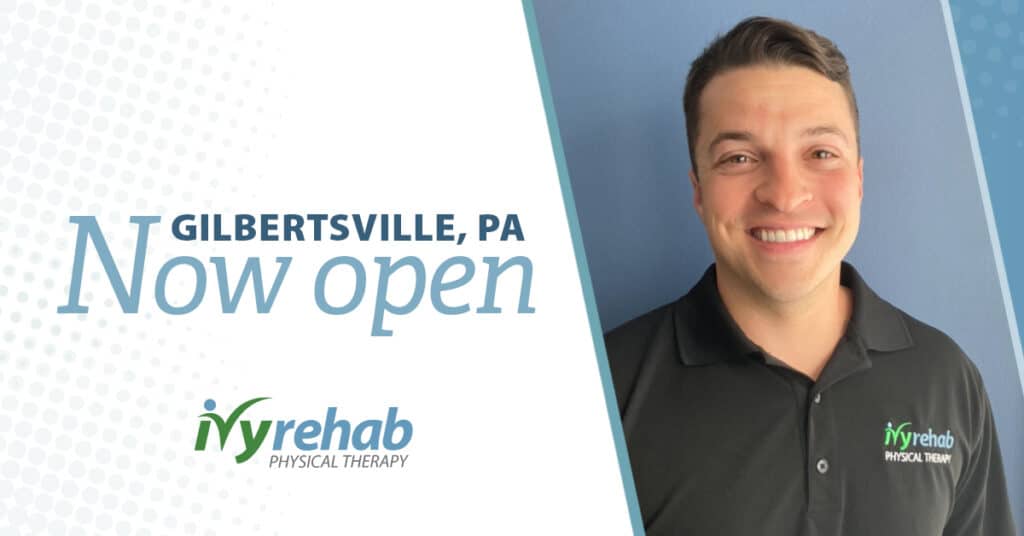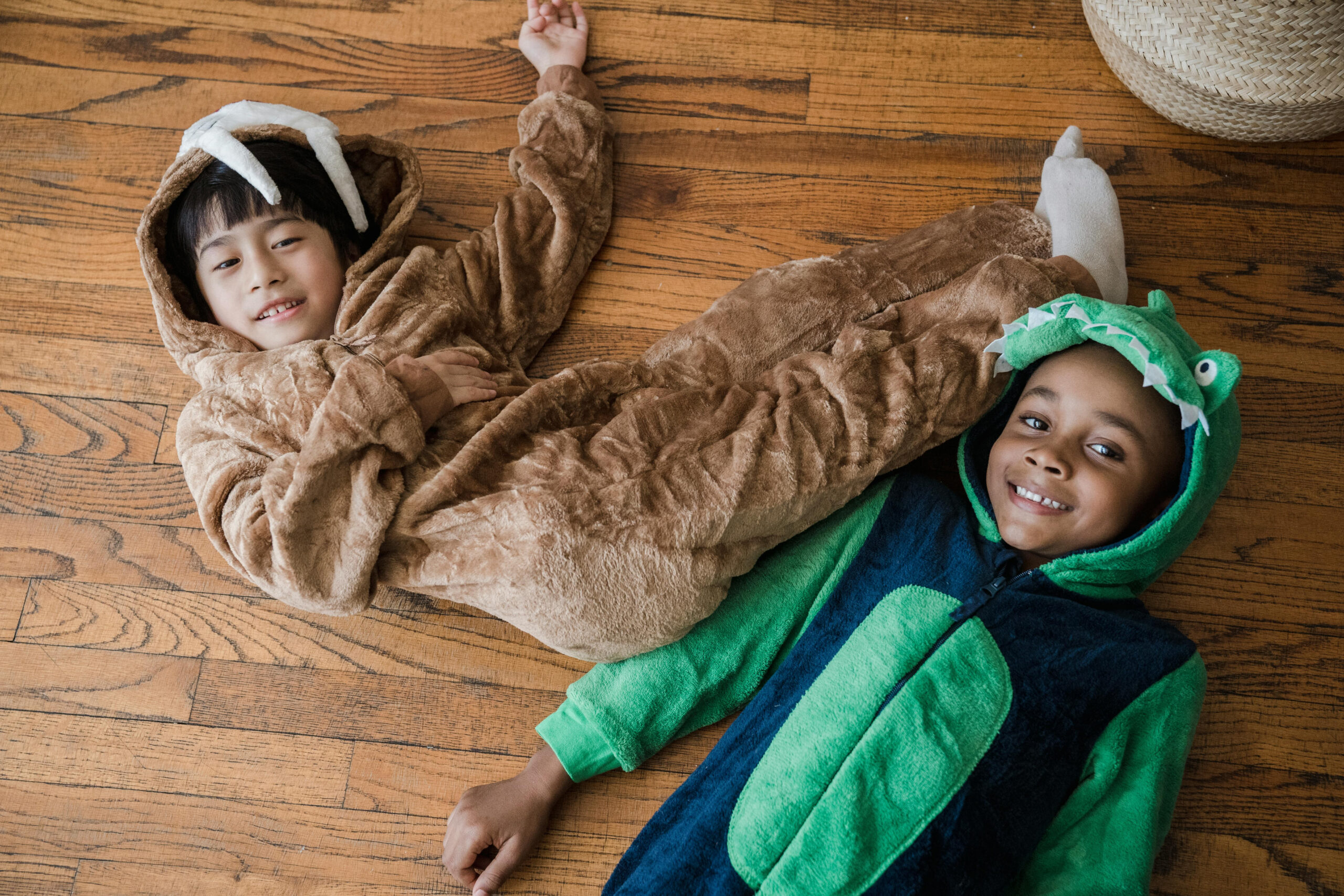Throughout our everyday activities, our brain is efficiently processing the things we see, smell, and touch. The way our mind reacts to these various senses is typically developed throughout our childhood. When we understand personal experiences, it helps us determine the best approach to sensory integration for each individual.
Why is Sensory Integration Important?
Processing sensory information is crucial to a child’s development. Sensory information is the data collected by your senses (taste, smell, sight, touch, and sound) and sent to your brain to process the world around you. How sensory processing works is the receptors throughout your body collect sensory information that is then sent to the brain for processing. There are also instances when there is way too much sensory information, causing sensory overload.
However, some children may have more trouble than others with filtering and interpreting information taken in by the senses. For example, a light that’s normal to you may appear blindingly bright to your child. Or the sound of the fire alarm blaring may actually be painfully loud to your child. This may be an indicator that your child has sensory processing difficulties.
Sensory Integration Therapy
Sensory Integration Therapy (SI therapy) is a specialized approach designed to address sensory processing disorder. Developed based on the Ayres sensory integration theory, this therapy offers tailored sensory strategies to help individuals, especially children, manage sensory challenges and improve their sensory experience. An occupational therapist often uses a combination of sensory stimuli, sensory diets, and sensory modulation techniques to enhance the body’s adaptive response.
Sensory integration is an innate neurobiological process and refers to the integration and interpretation of sensory stimulation from the environments to the brain. Sensory integration focuses primarily on three basic senses: tactile, vestibular and proprioceptive. These three senses are interconnected and start forming before birth and continue to develop as a person matures and interacts with the environment.
Tactile System
The tactile system includes nerves under the skin’s surface that send information to the brain. This includes light, touch, pain, temperature, and pressure.
Sensory strategies can be applied in the form of activities that can help develop the tactile system:
- drinking carbonated water
- eating frozen foods
- playing with shaving cream, soap, or
- playing with rice, pasta or beans
- playing with play-doh, putty or slime
- gardening with hands
Vestibular System
The vestibular system refers to structures within the inner ear that detect movement and changes in the position of the head. Vestibular input can be obtained by spinning and swinging or any type of movement.
Activities that can help develop the vestibular system:
- hanging upside down
- rolling down a hill
- swinging (spinning and linear)
- doing cartwheels
- doing summersaults
- riding on merry-go-rounds
Proprioceptive System
The proprioceptive system refers to components of muscles, joints, and tendons that provide a person with a subconscious awareness of body position. Motor planning is also a part of this system. Motor planning is the ability to plan and execute different motor tasks. Proprioceptive input can be obtained by lifting, pushing, and pulling heavy objects as well as engaging in activities that compress or distract the joints.
Activities that can help develop the proprioceptive system:
- jumping on a trampoline
- playing hopscotch
- vacuuming
- carrying books
- helping clean windows/tables
- playing tug-of-war
- playing leapfrog
- using rocking chairs
- cooking tasks such as scooping dough or rolling dough
These activities, plus many more, can help make a child’s sensory integration more efficient by targeting the three critical senses (tactile, vestibular and proprioceptive).
Addressing Sensory Integration Difficulties
If your child is overly sensitive or under sensitive to their environment, they may be showing signs of sensory processing issues. If you’re worried about your child’s sensory challenges, Ivy Rehab can help. Our sensory integration approach helps improve your child’s sensory experiences.
Southeastern Therapy for Kids is part of the Ivy Rehab Network and has specialists that can help. To view all of the Southeastern Therapy for Kids locations, visit www.IvyRehab.com/SPTkids.

Occupational Therapy Exercises for Children
When you normally think of exercise, you probably start thinking of treadmills, weights, sets/reps, and maybe even fatigue! When it comes to occupational therapy exercises, especially with pediatric clients, we have to take a different approach.
Just like with adult occupational therapy, pediatric occupational therapy can focus on strengthening, endurance, motor planning, and overall coordination for independence in age-appropriate daily tasks. These tasks can include dressing, bathing, toileting, self-feeding as well as higher-level skills including grasp pattern on writing utensil for handwriting, drawing, coloring, and scissor skills to name a few! We see many kids in our clinic who are struggling with age-appropriate grasp patterns, scissor skills, and writing letters and numbers, all of which can be affected by weakness in the trunk, upper body, arms, and hands.
A phrase we like to use often to describe this is, proximal stability before distal mobility. What that means is a child must have proper coordination, strength, and endurance in their belly and arm muscles before they can have coordinated smooth movements and skills with their hands and fingertips. For example, if we were treating an adult for upper body weakness, we might have them complete a variety of standard exercises including the arm bike for 10 minutes for endurance, working with theraputty for 5 minutes for strengthening, followed by a range of motion exercises with a TheraBand and they would complete these exercises with no complaints. Now if you asked a child with upper body weakness to complete these same tasks, they are going to lose interest fast and may become uncooperative with these everyday activities. We have to get creative with these exercises and make them fun and appealing for the pediatric patient to complete.
Pediatric Occupational Therapy Exercises
The first thing to note is that they are often confused, but occupational therapy and physical therapy are very different. Occupational therapy uses physical activity to improve independence in daily life. One of our favorite ways to incorporate physical activity for our kids is in our sensory-motor gym with an obstacle course! We set up various obstacles each week that focus on upper body strengthening, core and trunk strengthening, and endurance as well as coordination, fine motor activity, movement, and balance. We have our kids complete the obstacle course 3-5 times in the beginning, middle, or end of our sessions depending on what each child needs or requires. For example, we may start by having a child jump 20 times on the mini trampoline for endurance and coordination then have the child pick up a beanbag and walk along a balance beam and drop off in a bucket for motor planning and balance, followed by drawing a picture on our dry erase board on the wall for upper body strengthening, then run/climb up our incline side and jump/crash onto the crash pad for coordination and strength. Sounds fun, right? Without evening realizing it, we just incorporated 5-10 skills for any child into a fun, motivating activity that they want to do over and over again!
Now, you might be thinking, I have none of that equipment at my house or I have no room for any of that stuff! No problem, an obstacle course is something that can be easily recreated in your living room or backyard and can be modified for size, space, and material available. The following are great at-home examples:
• Couch Cushions/Pillows: balance, coordination, upper body strengthening, core strengthening, & motor planning
- Scatter pillows or cushions on the floor. Have the ground become “Hot Lava” and have your child jump from pillow to pillow to stay safe. Bonus challenge: Mom/Dad/sibling becomes a “lava monster” or dragon and attempts to follow the child.
- Prop pillows against each other or against other furniture to create a tunnel or bridge for your child to army crawl through.
- Take turns with your child and set up a pathway with the pillows/cushions from point A to point B and take turns seeing who can make it the farthest without falling off the pillows.
Hula Hoops/Sidewalk Chalk: coordination, balance, jumping, and visual-motor skills
- Make a hopscotch pattern
- Place hula hoops in a straight line for the child to run, hop, jump or step into
- Create bigger spaces between each hoop for a more difficult pattern.
Animal Walks: with upper body strengthening, trunk strengthening, coordination, and motor planning
-
- Bear walk – walk with your hands and feet on the floor with hips high
- Crab walk – sit on the floor, place your palms on the ground behind you, lift your hips, and crawl on your hands and feet
- Frog jump – hop up and down like a frog
- Donkey kicks – make sure the area around you is CLEAR! Start in a standing position, bend down, keeping feet on the floor, place hands on the floor and kick legs behind you, together or one at a time.
- Cheetah Run – run as fast as you can in place.
- Snake – lay on your belly on the floor and use your arms to wiggle yourself forward
- Create your own Animal walk
Mime Me: upper body and lower body coordination, visual motor skills, and motor planning/movement
-
- Partner up with your child or have your child partner with a friend/sibling, chose one child to be the leader first. Have children stand face to face and have the leader change positions (lift left arm or kick out right foot) and have the partner follow those movements. Switch leaders after 5-10 movements
- Bonus challenge: play a fast/slow round, changing positionings rapidly or holding each position for 10-20 seconds.
** Always be cautious of furniture and other stationary objects in your house/backyard when creating obstacle courses and always supervise children while completing any form of exercise. Modifications to increase or decrease the level of difficulty can be made based on the parent/guardian’s decision and knowledge of the child’s skills and abilities. **
Engaging in the Exercises
Lastly, join in! Children love engaging and playing with their parent, guardian, or sibling. The more fun you look like you are having, the more willing your child will be to participate and join in. Physical activity does not have to be boring and redundant; it can be fun and exciting without your child ever catching on that these everyday activities are working on so many different skills!
If you find your child is having a difficult time completing some of these activities for their age-appropriate level, consult with your pediatrician. An occupational therapy referral may be warranted. An occupational therapy evaluation or screening could assist in determining if your child would benefit from skilled occupational therapy services. Pediatric occupational therapists work with a variety of diagnoses, including but not limited to Autism, Developmental Delay, Down syndrome, hemiplegia, Cerebral Palsy, prematurity, ADHD, and behavioral concerns.
Article by: Holly Lookabaugh
Deur, PT, DSc, GCS, CEEAA
Holly Lookabaugh is a practicing physical therapist, partner and Director of Clinical Services at Ivy Rehab Network with more than 40 years of experience in sports management with young athletes, and is board certified as a geriatric clinical specialist and certified exercise expert for aging adults. Deuer is certified as an aquatic and oncology rehabilitation specialist and serves as adjunct faculty at Central Michigan University and Grand Valley State University.







